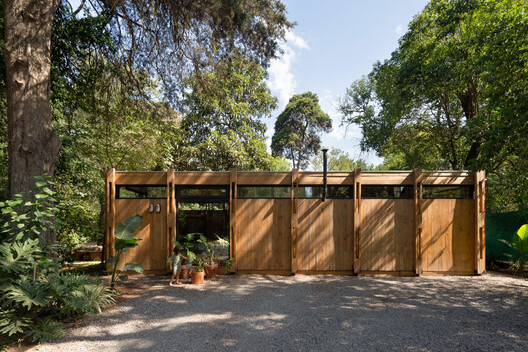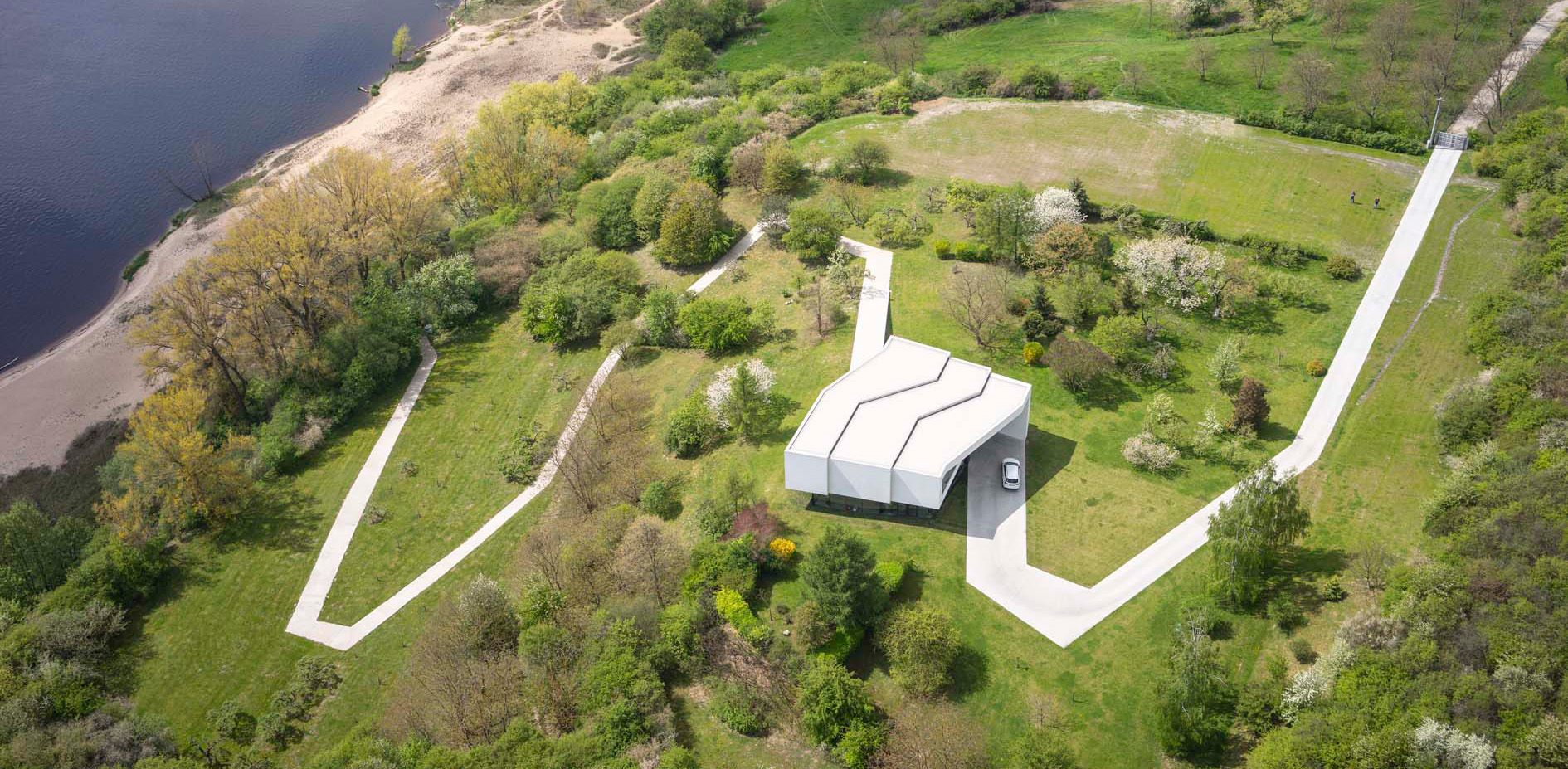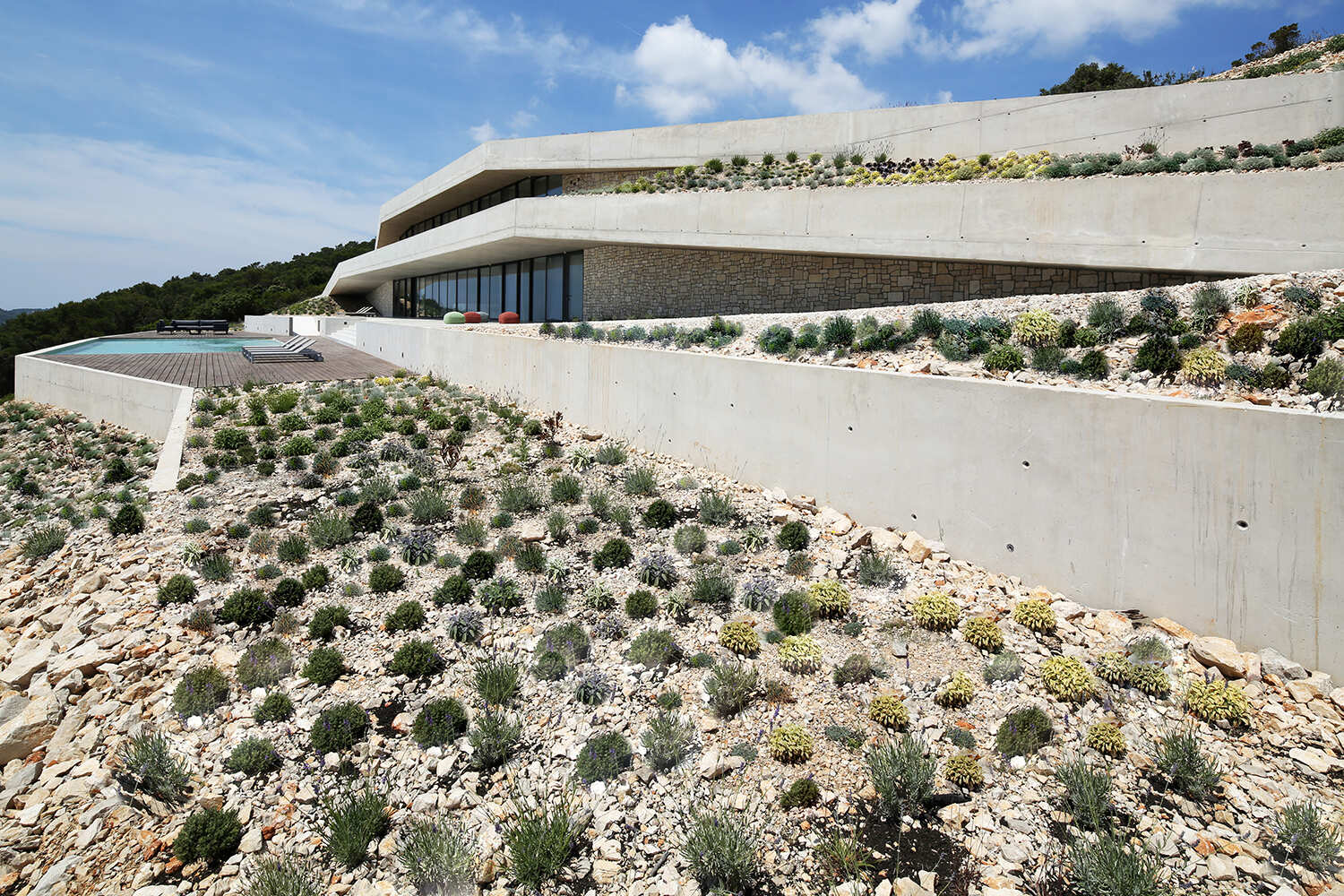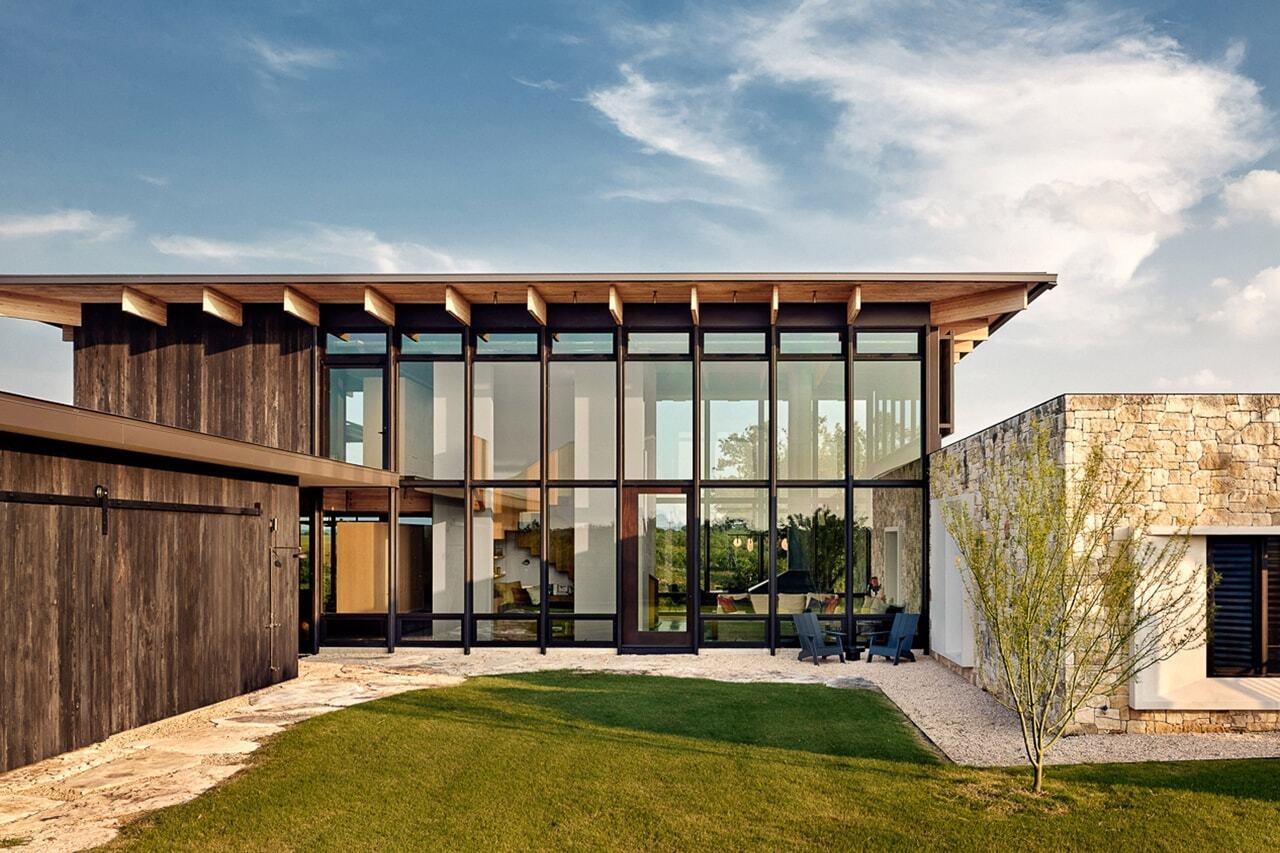Cob can be "a mainstream building material once again" say Cella


It's time for the construction industry to bring back cob, but innovation is needed to solidify the age-old material's place back within our toolkits, design collective Cella tell Dezeen in this Building with Cob interview.
"Cob is a low-carbon material for an alternative circular construction economy, made from clay, water, fibrous material and aggregates," Cella member Alys Hargreaves told Dezeen.
"Building with it is an alternative to harmful industry practices that are exacerbating the climate crisis," she continued.
"The means to bring about this revival are complex, and therefore, the area is ripe for innovation and full of potential. People should pay attention."

Cob has been used by humans to build around the world for millennia. It was particularly common in south-west England before the Industrial Revolution, when it slipped out of use in favour of fired brick.
However, today, a small group of architects, designers and researchers are turning their focus back to cob, championing it as a material ideally suited to contemporary construction.
Among them is Cella, a collective of designer-makers with a focus on space, earthen materials and ecology, headed by Hargreaves, Millicent Green and Felix Sagar.
Environmental concerns strengthen case for cob revival
As Hargreaves explained, cob is a type of unfired earth-based construction material made from clay-rich subsoil, mixed with fibrous material such as straw and water. Sand or aggregate can also be added for greater compressive strength.
Its organic composition means it is inherently low-carbon, non-toxic and ubiquitous, as well as compostable and reusable.
Cob is also celebrated for its thermal mass and moisture-regulating properties – a quality many conventional construction materials, including fired brick, do not offer.

According to Cella, growing awareness of the built environment's carbon footprint, which accounts for approximately 40 per cent of global carbon emissions, has sparked renewed interest in cob.
"Having uncovered issues with carbon in production and transportation, and issues with the circularity of fired materials, there is now a good argument for a revival in the use of unfired earth," said Hargreaves.
"Revisiting cob and mass-earth construction more broadly offers a localised low-carbon material for new-build architecture, from housing to community spaces."
Waste earth from construction is an ideal ingredient
Cella argue that one of the best reasons to use cob today is that it can be made with waste subsoil from construction sites. In the UK, as in most other countries, this is abundant and typically dumped in landfill.
"Waste earth is excavated at scale daily across UK construction and infrastructure projects," said Hargreaves.
"This is a free, accessible waste stream of one of the key ingredients of cob and earth construction, which would otherwise be going to landfill."
Cella recently explored the use of waste earth in construction in a series of workshops for young people in London.
Among them was Conversations in Cob – a two-week collaborative build project in which participants used waste clay extracted from a construction site at Abney Park in Hackney to create what the group called "Hackney Cob".
However, Hargreaves, Green and Sagar admit there is still much work to be done to facilitate the reintroduction of cob into architects' toolkits.
Traditional cob construction can be slow and labour-intensive, typically built up in layers without formwork and requiring long periods of drying time. Contemporary building standards relating to U-values and load-bearing capacity are also challenges for cob in its traditional form.
But the group praised stand-out innovations with the material that are emerging and overcoming these barriers, "bringing the material up to speed with contemporary construction techniques".
Among them is CobBauge, a system comprising two conjoined cob walls with different makeups to meet both modern U-value and load-bearing regulations, while ensuring quicker construction times.
Cella also cited the work of researcher Tavs Jorgensen, who is developing unfired cob bricks to make the material more accessible.
"As a wall system, CobBauge is a fully structural and insulating mass-earth wall which could replace many alternative wall systems and therefore also be appropriate to any number of varied typologies," said Cella member Sagar.
"Ready-to-use cob systems help to standardise and democratise the technique to encourage the adoption of the material more widely."
"The landscape is telling you how to build"
Yet Sagar believes there is still much work to be done to help cob compete with mainstream building materials and "make a case for itself within the modern context".
"Cob could and should become a mainstream building material once again," said Sagar.
"However, there is much to be done," he added. "We will need these innovations, and many more."
"Ideally, the world would slow down, and cob as a slow, meditative, community-driven construction method would return, but in the meantime, it might be more effective to make innovations in the technique which make it more efficient, accessible and widely adopted."
While encouraging innovation, Cella also highlighted the importance of viewing cob as a part of the construction toolkit, rather than a silver bullet.
Cella member Green explained that in doing so, using cob can help the industry relearn to build more harmoniously with the environment once again.
"Rather than applying cob as a universal technique, the conversation should be about reconnecting with our local landscapes through the materials they offer, and allowing each region to express its own identity through how it builds," concluded Green.
"In that way, the landscape is telling you how to build, instead of imposing a building material on the land," she explained. "It's about letting our geology dictate how we build."
The photography is courtesy of Cella.

Building with Cob
This article is part of Dezeen's Building with Cob series investigating modern uses of cob – an ancient building material made from clay-rich soil, straw and water – and exploring whether it can become a mainstream alternative to planet-damaging construction methods.
The post Cob can be "a mainstream building material once again" say Cella appeared first on Dezeen.




















































